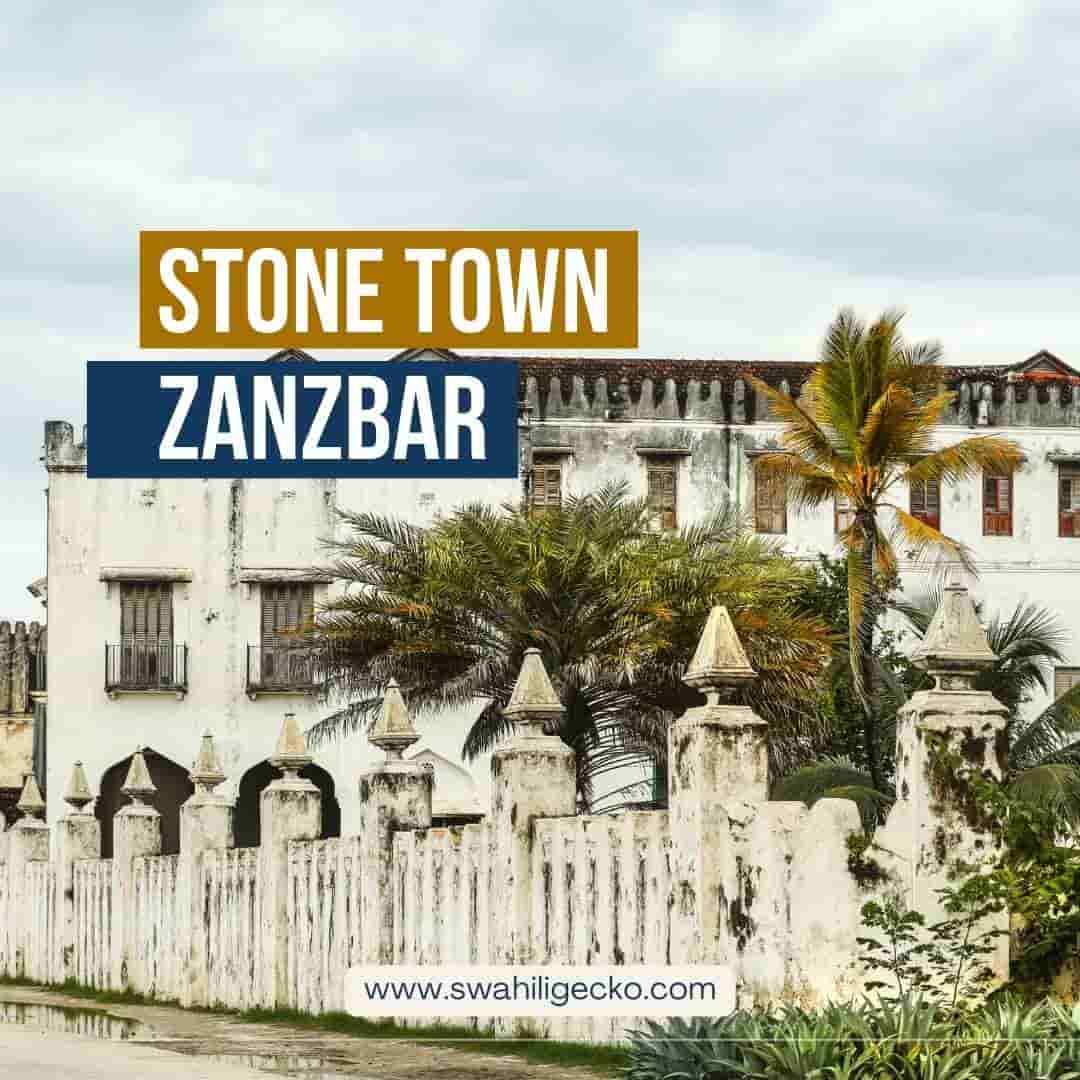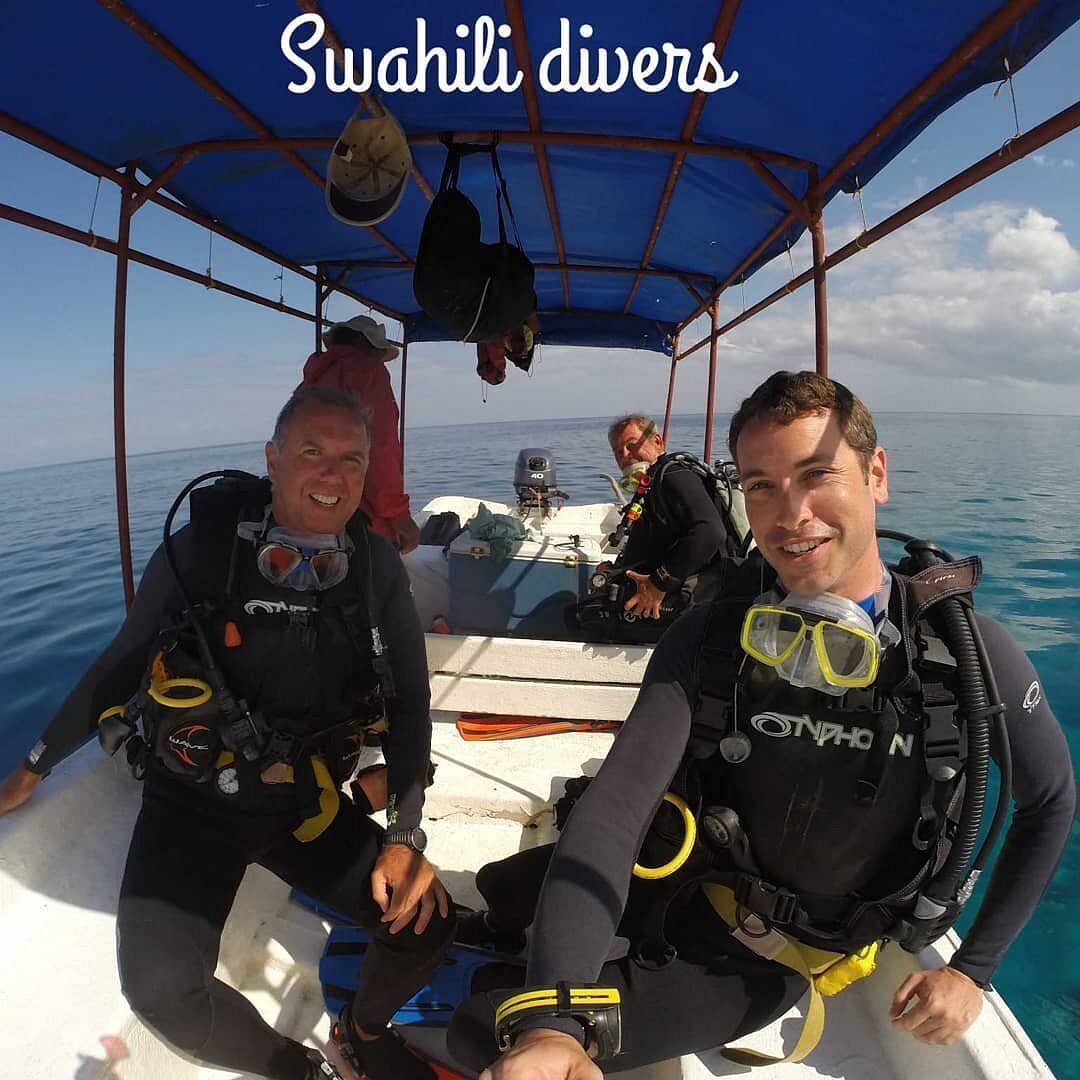13 Incredible Fun Facts about Tanzania You Should Know
Did you know that Tanzania harbors the world's largest elephant population, a staggering 43,000 majestic beings?
In this blog post, we cover 13 more mind-blowing Fun Facts About Tanzania.
From Pemba Island's colossal coral reefs to the lion-dominated landscapes, each fact unveils a fascinating facet of Tanzania's exceptional touristic vibe.
1. Tanzania is home to Mount Kilimanjaro, the tallest mountain in Africa, standing at an astounding 5,895 meters.
Mount Kilimanjaro, a dormant stratovolcano, holds more than just the title of Africa's highest peak. Nestled in the northeastern part of Tanzania, it boasts three cones: Kibo, Mawenzi, and Shira.
Kilimanjaro is not merely a climb; it's an expedition through distinct ecological zones.
From lush rainforests at the base to alpine meadows and finally, the glacial summit, this geological marvel unfolds a diverse array of landscapes within its slopes.
2. Serengeti National Park in Tanzania witnesses one of the most spectacular wildlife events on the planet—the annual wildebeest migration.
Spanning over 14,750 square kilometers, the Serengeti is not only Tanzania's oldest national park but also a UNESCO World Heritage Site.
The Great Migration, a natural cycle driven by rainfall and grazing patterns, sees millions of wildebeests, zebras, and gazelles moving in search of greener pastures.
This extraordinary phenomenon is a testament to the intricate balance of nature that plays out against the backdrop of the park's sprawling savannas and diverse ecosystems.
3. Tanzania is home to over 120 different ethnic groups, each with its unique language and culture.
Beyond its geographical wonders, Tanzania stands as a cultural mosaic. The numerous ethnic groups, including the Sukuma, Chaga, and Hadza, contribute to the nation's identity.
Swahili, a Bantu language, serves as a unifying force among these diverse communities.
This cultural richness is reflected in traditional dances, rituals, and art forms, creating a vibrant tapestry that showcases Tanzania's historical and social depth.
4. Zanzibar and Pemba, known as the "Spice Islands," are renowned for the production of cloves, nutmeg, cinnamon, and black pepper.
Zanzibar's spice trade legacy dates back centuries, shaping its cultural and economic landscape. The island's tropical climate and fertile soil create an ideal environment for cultivating spices.
The Zanzibar archipelago groups over 50 islands such as Pemba Island, one of the best scuba diving locations in Africa.
Zanzibar is also one of the most visited scuba diving sites in the world, hosting over 1.7 million tourists in 2023, many of whom were divers from Europe and the US.
Visitors can explore aromatic spice farms, gaining insights into the cultivation and processing of these culinary treasures.
Zanzibar is often considered a country, which is a mistake because the archipelago is simply a region within the Republic of Tanzania. Zanzibar's pivotal role in the spice trade has left an indelible mark on its identity and global trade networks.
Tourists come here for once-in-a-lifetime spice farm tours.
5. Stone Town, is a UNESCO World Heritage Site and is famous for its narrow streets, colorful markets, and historic buildings.
Stone Town, the historic heart of Zanzibar City, transports visitors through time with its narrow winding streets and intricately designed buildings.
Influenced by Arab, Persian, Indian, and European architecture, the town's structures narrate a story of cultural convergence.
The bustling markets, such as Darajani Market, add a sensory dimension to the historical journey, where the past seamlessly intertwines with the present in this UNESCO-recognized gem.
6. Pemba Island, near Tanzania, holds one of the world's biggest coral reefs.
Beneath Pemba island’s ocean surface, a huge coral kingdom exists.
It's not just big but home to a variety of fish and sea creatures. Snorkeling or diving there means seeing a lot of different things, which is why Pemba is a great spot for diving or snorkeling in Africa.
The island is a relatively uncrowded scuba diving location that is now attracting some of the best divers in the world, who come here for a quiet escape.
Scuba Diving in Pemba is with the help of a reputable dive agency like Swahili Divers, with state-of-the-art dive equipment.
Pemba is also famous for traditional dhow sailing, an old type of boat. People here often use cloves from the island's spice farms.
The island's history is interesting too – it has ancient ruins and a mix of cultures that make it a unique spot in the Indian Ocean.
7. Lake Victoria, the second-largest freshwater lake globally, stretches across Tanzania, Uganda, and Kenya.
This massive lake isn't just big; it's a vital part of East Africa. Its shores are home to many fishing villages, providing food and jobs. Scientists find it fascinating because of its unique fish species found nowhere else.
Lake Victoria is also an important transportation route, connecting different regions. In the past, it played a role in the trade of goods between countries.
Over time, the lake has witnessed historical events and ancient cultures, making it not only a geographical feature but a living chapter in the story of East Africa.
8. Tanzania proudly hosts the world's largest elephant population, numbering a staggering 43,000 majestic beings.
Spread across Tanzania's diverse landscapes, over 40 thousand elephants roam freely, symbolizing the country's dedication to wildlife preservation. Protected reserves, like the Selous Game Reserve, provide a safe haven.
The elephants here aren't just big; they're part of the country's cultural and historical identity. Tanzania has a rich history of coexistence with wildlife, and elephants, with their gentle presence, play a significant role.
Beyond their ecological importance, these elephants contribute to tourism, attracting visitors eager to witness these gentle giants in their natural habitat, creating a sustainable balance between conservation and tourism for the nation.
9. Tanzania's stretch of the Great Rift Valley is one of the most dynamically active regions on our planet.
Tanzania's Great Rift Valley is a geological masterpiece shaped over millions of years. Its active volcanoes, like Ol Doinyo Lengai, still spout ash today.
The valley has witnessed human evolution, with significant archaeological sites like Olduvai Gorge revealing ancient secrets.
It's not just about history; the valley's fertile soil supports agriculture, and the scenic landscapes attract tourists. Tanzanians living along the valley have a unique lifestyle shaped by its geography.
So, beyond its geological significance, the Great Rift Valley in Tanzania is a living, breathing landscape that intertwines with the past, present, and future of the region.
Iconic sites like the Ngorongoro Crater and Olduvai Gorge offer glimpses into the Earth's evolution, making the region not only visually captivating but also a geological treasure trove.
10. Tanzania boasts an astonishing array of over 300 mammal species, including the renowned "Big Five."
Tanzania's commitment to wildlife preservation unfolds across many national parks and reserves, promising more than just glimpses. About 30% of the country’s land is made up of National Parks.
Safari Adventures offers front-row seats to a raw and authentic display of nature's brilliance.
The Serengeti, part of this natural wonder, hosts the annual Great Migration, where millions of wildebeests and zebras travel in search of greener pastures.
January and February are the best months to visit Tanzania to witness the Great Migration.
Beyond the spectacle, the country's rich biodiversity contributes to research and education, making it a hub for wildlife enthusiasts and scientists alike.
Tanzania's commitment to conservation ensures these mammals thrive, and their presence becomes a source of pride for both locals and visitors exploring the untamed beauty of Africa.
11. Tanzania is home to the Hadzabe people, among the last remaining hunter-gatherer tribes in Africa.
The Hadzabe reside in the northern regions of Tanzania, leading a unique lifestyle focused on hunting and gathering.
Living near Lake Eyasi, their traditional practices have endured for thousands of years. The Hadzabe language, characterized by distinctive clicks, is an ancient form of communication.
Their small communities continue to rely on the land's resources, showcasing a deep connection to nature. Despite Tanzania's modernization, the Hadzabe stand as a testament to the country's rich cultural diversity.
Tourists often visit to witness their way of life, providing an opportunity for cultural exchange and preserving the legacy of one of Africa's last hunter-gatherer tribes.
12. Lake Natron in northern Tanzania, flaunts a vivid red color, a result of high mineral content, creating a unique habitat for flamingos and other water birds.
This saline lake Natron is actually just red. Its color comes from the minerals like sodium carbonate and halite.
Lake Natron is a vital breeding site for lesser flamingos, with its alkaline waters protecting their eggs from predators.
The Maasai people, who live nearby, sometimes use the lake to preserve animal hides. Its surroundings feature ancient hominid footprints, contributing to Tanzania's rich archaeological heritage.
Lake Natron's distinct environment, with its high alkalinity, sets it apart globally.
Tourists often visit to witness the unique landscapes and the incredible adaptations of life in and around this exceptional Tanzanian lake.
13. Selous Game Reserve, one of the world's largest wildlife reserves, unfolds as a UNESCO World Heritage Site, showcasing diverse ecosystems of savannas, rivers, and forests.
Sprawling across southern Tanzania, Selous is big and special. Named after British explorer Frederick Selous, it's an endlessly large reserve for elephants, lions, and countless other species.
Unique to Selous is the Rufiji River, a lifeline for animals during the dry season. The reserve offers boat safaris, a distinctive feature setting it apart.
Its inclusion in the UNESCO list recognizes its outstanding universal value, emphasizing the need for conservation. Unlike other reserves, Selous allows walking safaris, offering an up-close experience with nature.
This exceptional place stands as a symbol of Tanzania's commitment to preserving its wildlife legacy while providing a distinctive safari experience for visitors.
Local authorities have put rigorous security systems in place to guarantee your safety as you visit Tanzania.








